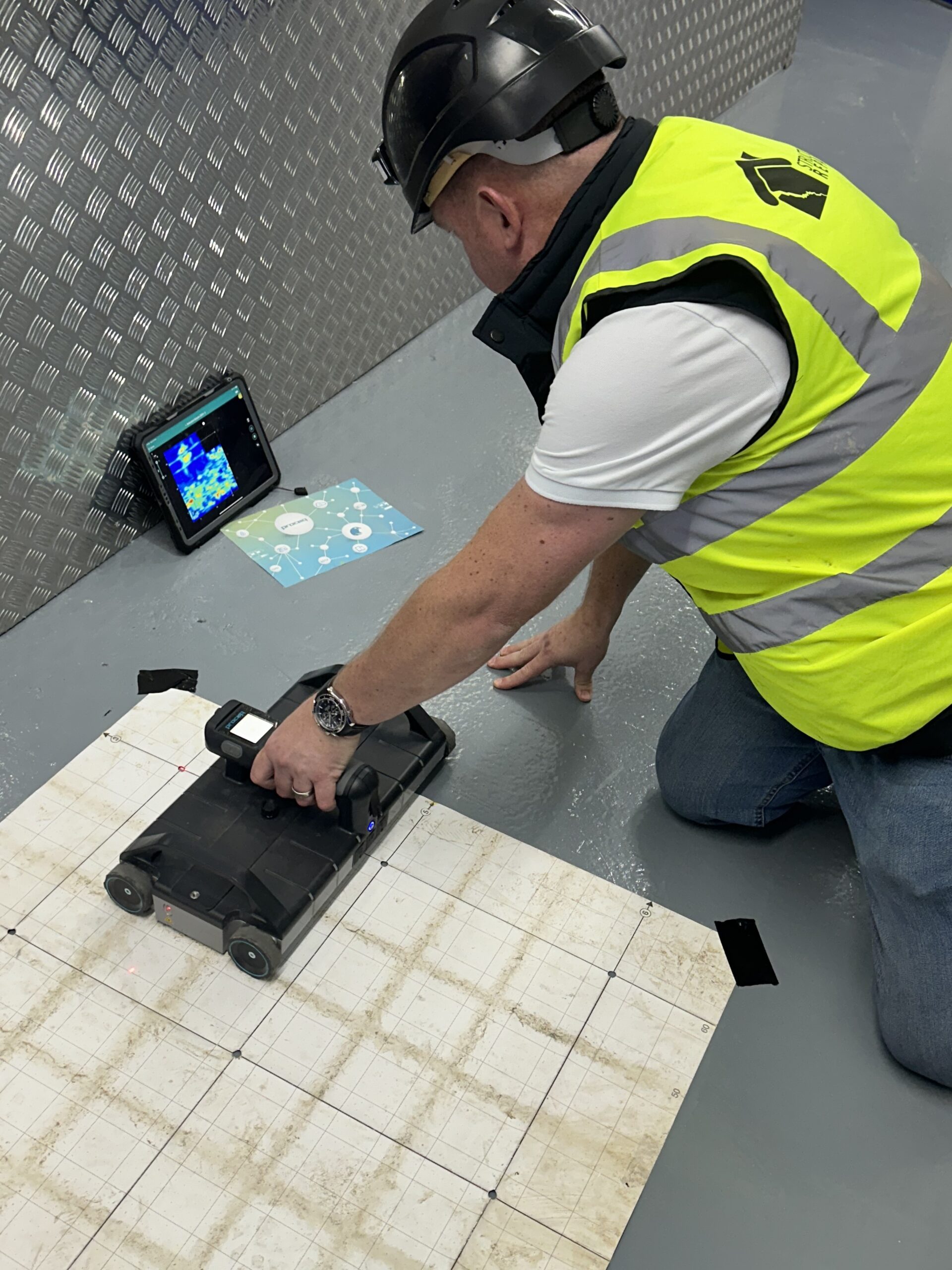Reveal the Transformative Power of Concrete Scanning in Making The Most Of Effectiveness and Security
Concrete scanning has become a vital device in the construction industry, using unmatched benefits in improving task effectiveness and ensuring security criteria. By using sophisticated technology, concrete scanning enables experts to see past the surface area, uncovering covert complexities that can impact the architectural stability of a structure. The transformative power of concrete scanning lies in its capability to give comprehensive insights and real-time data, transforming how projects are prepared and implemented. As we delve into the complexities of this cutting-edge method, a globe of possibilities opens up, showcasing a brand-new era of building techniques that focus on precision and protection.
Value of Concrete Scanning
Ensuring the architectural integrity and safety and security of building and construction jobs starts with the crucial action of conducting complete concrete scanning. Concrete scanning is a non-destructive technique utilized to identify and map subsurface elements within concrete structures.
Furthermore, concrete scanning helps in maximizing task timelines and budget plan by staying clear of unexpected expenses and hold-ups that might arise due to unexpected blockages within the concrete. Inevitably, spending in complete concrete scanning is a proactive strategy that boosts both performance and safety and security in building tasks.
Exactly How Concrete Scanning Functions
Concrete scanning runs as an important device in construction tasks by utilizing innovative technologies to detect and map subsurface components without causing architectural damage. Ground Permeating Radar (GPR) and Electromagnetic Induction (EMI) are 2 primary methods utilized in concrete scanning.
During the scanning process, the information collected is examined in real-time, permitting instant identification of prospective hazards or challenges beneath the surface. This details help in decision-making, making certain that construction activities continue safely and efficiently. In addition, 3D imaging software application can be used to produce topographic maps of the subsurface aspects, better improving project preparation and implementation. By using these innovative technologies, concrete scanning considerably lowers the risk of costly damages and injuries on building websites.
Benefits of Concrete Scanning
One of the main advantages of concrete scanning is the capability to detect and situate ingrained things such as rebar, post-tension cables, and conduits accurately. Concrete scanning helps in planning and creating more effectively, as it offers accurate info about the location and deepness of architectural components.

Situation Research Studies: Concrete Scanning Success

In another instance, a building business used 3D why not look here concrete scanning to assess the condition of maturing concrete structures in a historical building. The detailed scans given important understandings right into the degree of damage and helped prioritize maintenance efforts properly. By proactively dealing with areas of issue determined via scanning, the firm was able to expand the life expectancy of the framework and make certain passenger safety.
These study highlight the transformative power of concrete scanning in improving efficiency, accuracy, and safety and security in construction jobs.
Executing Concrete Scanning in Projects
Carrying out advanced scanning innovations during construction jobs has actually ended up being progressively crucial for improving accuracy and safety and security. By integrating concrete scanning right into task planning and implementation, construction groups can recognize potential dangers, such as rebar or post-tension cords, concealed within concrete frameworks. This proactive method lessens the risk of crashes, delays, and pricey rework, ultimately leading to a lot more efficient project timelines and budget plans.
To implement concrete scanning effectively, project supervisors should team up carefully with seasoned scanning experts to establish the most suitable scanning strategies for the details task demands. Involving scanning experts from the very early stages of a task makes it possible for Get More Info the group to produce detailed scanning plans that address essential areas of issue and ensure thorough information collection.
Additionally, including concrete scanning right into regular project operations can simplify decision-making processes, as real-time check data gives instant understandings right into the problem of concrete structures - Concrete Scanning. This data-driven technique promotes informed analytic and makes it possible for groups to make changes immediately, fostering a society of effectiveness and safety throughout the job lifecycle

Verdict
Finally, concrete scanning plays an essential role in boosting efficiency and safety in building and construction projects. By utilizing advanced technology to map and find out underlying frameworks within concrete, this process helps to protect against pricey blunders, make sure structural stability, and decrease risks on website. With the ability to discover hidden go to this site aspects and provide precise data, concrete scanning confirms to be an important tool for optimizing project results and optimizing total success.
Concrete scanning is a non-destructive technique made use of to find and map subsurface components within concrete frameworks. In addition, concrete scanning aids in maximizing project timelines and spending plan by avoiding unexpected prices and delays that may emerge due to unforeseen blockages within the concrete. One notable instance study includes a large restoration job where concrete scanning played an important function in making sure task success.In one more situation, a construction business used 3D concrete scanning to evaluate the condition of maturing concrete structures in a historical building. By incorporating concrete scanning right into project planning and implementation, building and construction teams can recognize prospective threats, such as rebar or post-tension cable televisions, concealed within concrete structures.